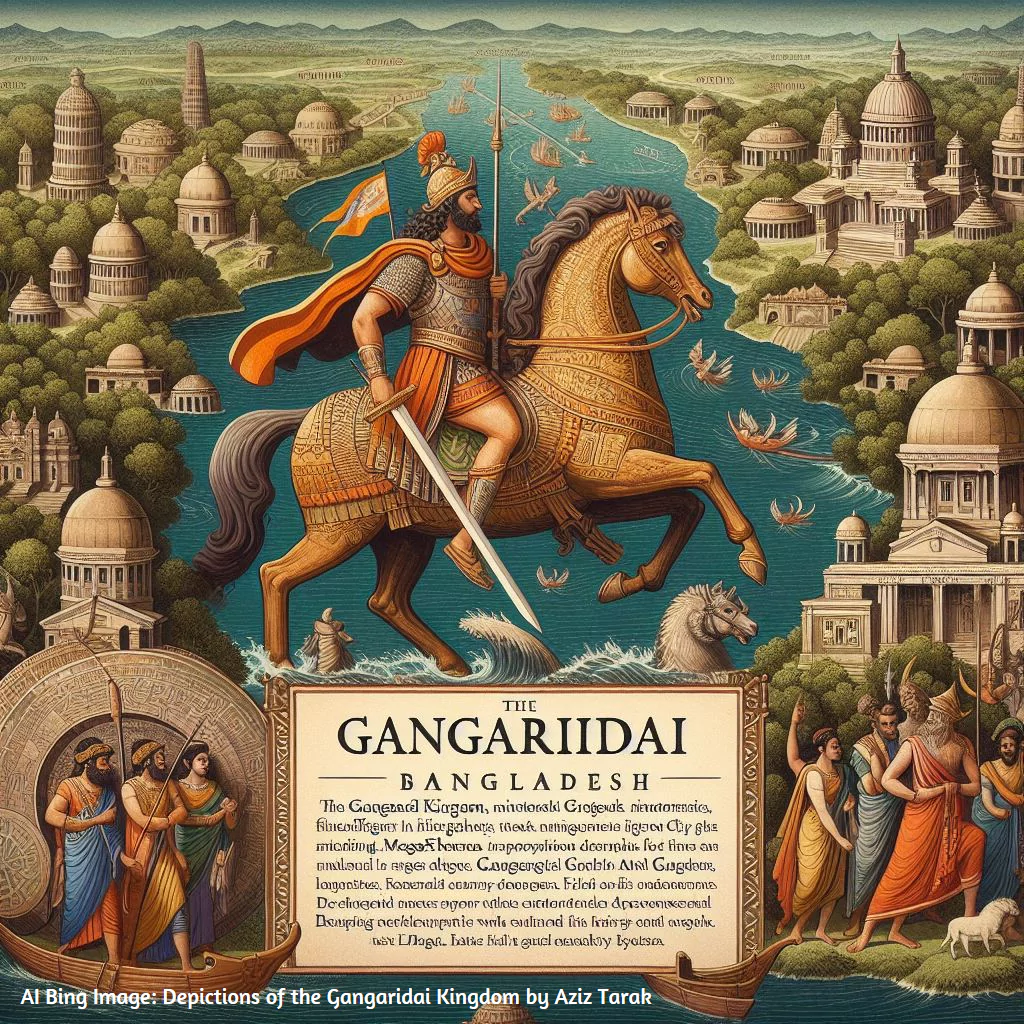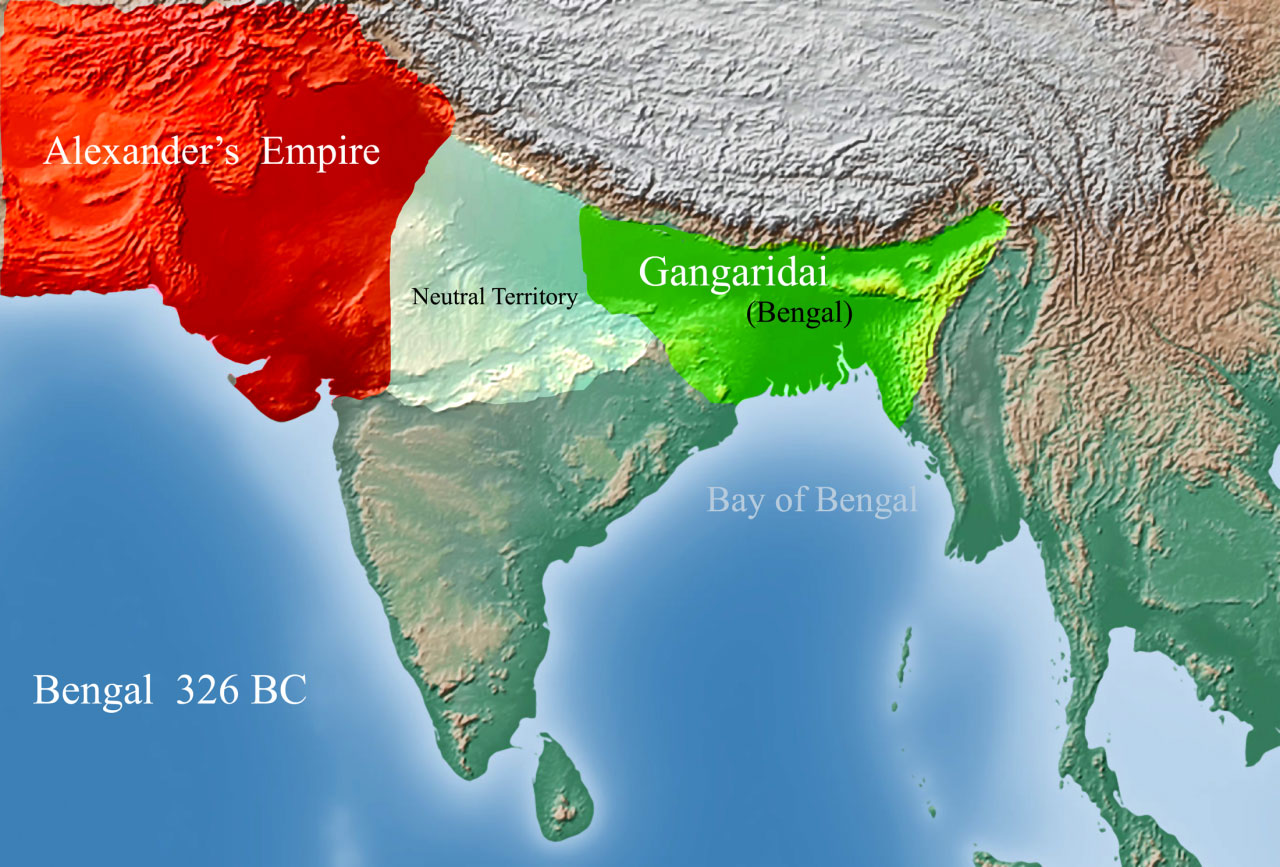History of Bangladesh
History of Bangladesh is also the History of Bengal. The advancement of civilization in Bengal dates back four millennia. Geographically, it is made up by the Ganges-Brahmaputra delta system, the largest such formation in the world; along with mountains in its north bordering the Himalayan states of Nepal and Bhutan and east bordering Burma. The term Vangala was often used to refer to the territory. The places are known to ancient Greek and Roman writers as having the same name as the river Ganges referred to as ‘Gangaridai’. Chandraketugarh of west Bengal Mahasthangarh in Bangladesh is a major archaeological site is associated with the Vanga kingdom .Vanga Kingdom is a 1500 BC Iron Age Kingdom in Ganges delta of South Asia. The Name Bengal or Bangla was originated from Vanga. The Bengali people are the descendants of the Vanga Kingdom. History of Bangladesh is also the History of Bengal.
On 14 June, Clive sent a declaration of war to Nawab Siraj ud-Daulah . The British sent reinforcements under Colonel Robert Clive and Admiral Charles Watson from Madras to Bengal . On 15 June,
Siraj ud-Daula attacked on Mir Jafar’s palace in suspicion of his alliance with the British, Siraj obtained a promise from Mir Jafar to not join the British in the field of battle. Siraj trusted Mir Jaffer, he left the command of 16000 of his troops under Mir Jaffer .
A British Royal Navy squadron was present in the Bay of Bengal, commanded by Vice Admiral Watson.
On 17 June
Jafar had sent messages to Clive, declaring his intention to uphold the treaty between them .
he could not deploy his entire force against the British for fear of being attacked from the flanks .
fear of attack from the north by the Afghans under Ahmad Shah Durrani and from the west by the Marathas
The Marathas invaded Bengal six times from August 1741 to May 1751. in 1747 Marathas led by Raghoji, began to raid, pillage and annex the territories of the Alivardi Khan.
Jan Kersseboom, chief of the Dutch East India Company in Bengal, estimated that close to 400,000 people were killed by the Marathas during their occupation of western Bengal and Bihar. Orissa Subedar Mir Jafar completely withdrew all forces without any resistance. Alivardi Khan dismissed the shamed Mir Jafar at Murshidabad for not having done much. In
Battle of Burdwan
Alivardi Khan rallied an Army of nearly 10,000 troops against
40,000 Maratha cavalry.
At the Battle of Burdwan where Raghoji and his Maratha forces were completely routed by excellent Military skill of Nawab Alivardi Khan
He reign of 16 years, was mostly engaged in various wars against the Marathas. Towards the end, he turned his attention to rebuilding and restoring Bengal. He Died 10 April 1756 at aged 84 .
Siraj ud-Daulah was the last independent Nawab of Bengal.
Siraj ud-Daulah was the last independent Nawab of Bengal.
Persian historian, Firishta talked about his tolerance of Hindus and Buddhists, applauded him by saying:
He upheld the principles of justice and equity and became the Naushirwan of the age
Muhammad bin Bakhtiyar Khilji
Conquered Bengal & Bengal fall to
Dellhi Sultanate rule
This is Timeline description, you can change me anytime click here









